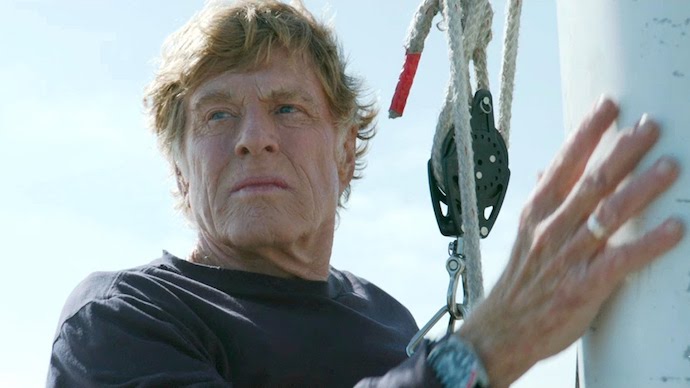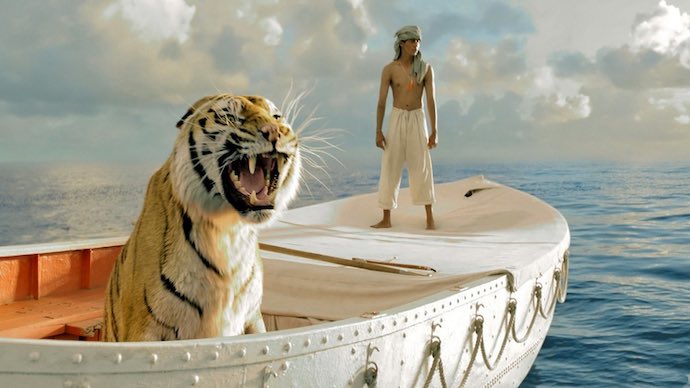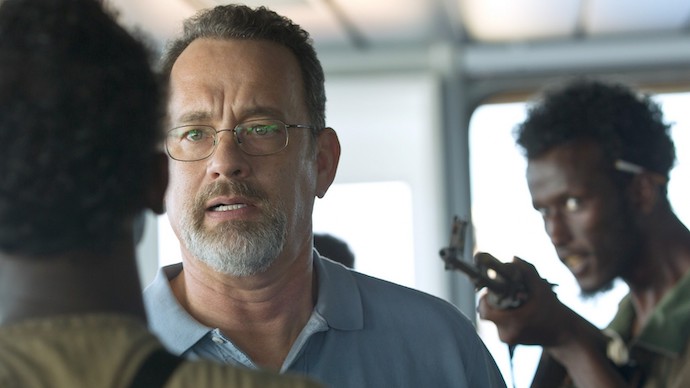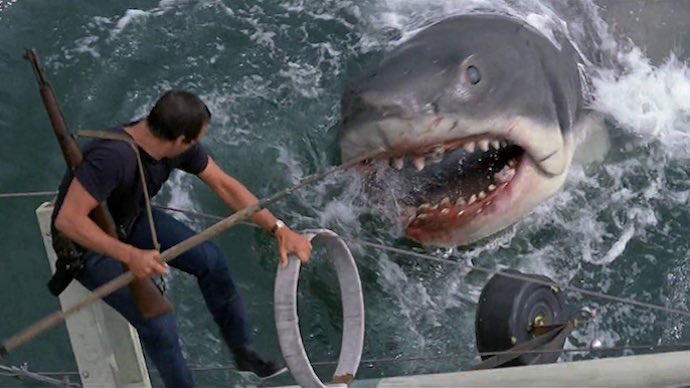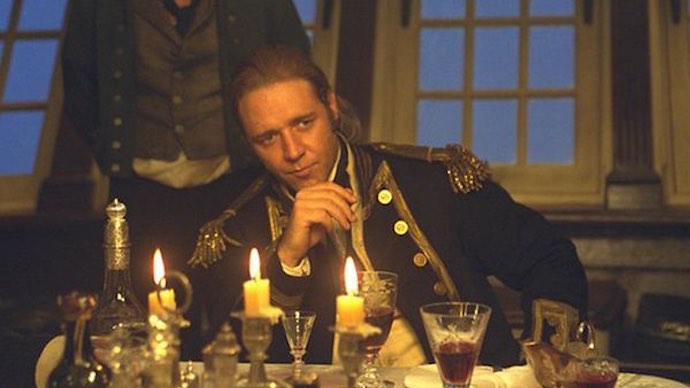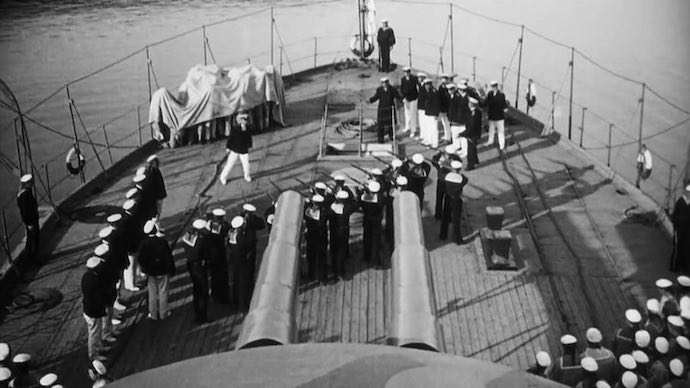Which is why oceans and seas have been where some of the greatest battles have been fought. From pioneers in search of a home to ships lost to Davy Jones’ locker, the ocean proves itself perfect for adventure. Unfortunately, there aren’t that many great movies set on the high seas—at least, not as many as you’d think. A lot of scripts and directors fail to truly capture the sense of intensity of the ocean’s raw power. Here are our picks for the best ocean movies set out in the open seas, that truly did justice to the expanse of azure waves.
8. Pirates of the Caribbean: The Curse of the Black Pearl (2003)
It’s hard to remember that first feeling we all got when the first Pirates of the Caribbean film landed in cinemas in 2001. Johnny Depp and the rest of the cast delivered performances that gripped us throughout, with effects work that felt fresh and bold in its approach. Based on the ride at Disneyland, it’s fair to surmise that expectations for the film weren’t exactly high when production was first announced. It sounded like Disney had run out of original ideas and wanted to mine their theme parks for box office success. However, Curse of the Black Pearl scored 5 Academy Award nominations and became a smash hit at the box office, all the while featuring ocean sequences that raised the bar for future films to follow.
7. The Abyss (1989)
With James Cameron’s intricate eye and fierce individualism driving his vision forward, The Abyss became a shining example of his work. It showcased the future of special effects as he worked with ILM on CGI advancements that led to the computer effects revolution of the 90s. None of that would have mattered if The Abyss didn’t succeed. Fortunately, it did! And the story of the sunken submarine became a sci-fi classic that launched Cameron’s career to new heights. The potency of underwater sequences and the hidden secrets in the ocean depths made the picture a thriller that never relents until the final moments. In doing so, it became more than just an exploration of the sea—it was an exploration of the human condition.
6. All Is Lost (2013)
J.C. Chandor’s minimal dialogue film about a single man lost at sea—starring Robert Redford as that one man—has become an example of how to make the ocean a true enemy of survival. We don’t know too much about how Redford’s character became trapped in the ocean, and he doesn’t interact with anybody else throughout the picture. Still, the sheer intensity of Redford’s survival attempt makes all other information secondary. He just needs to get back to civilization. All Is Lost exceeds expectations as far as what ocean disaster films need to do well. It dedicates itself to the basics of surviving and doesn’t burden itself with a wider plot, because Chandor understood that the fight to live was the only thing needed to make the movie captivating.
5. Life of Pi (2012)
The film adaptation of Yann Martel’s book Life of Pi delivers a tale of ocean survival, from the perspective of one survivor who was shipwrecked and eventually made it home. The movie is framed as the modern-day survivor recounting his past story to a novelist. And that’s where the strength of the narrative lies. We know that Pi survives from the first scenes of the film, but the obstacles he encounters and the way he survives is what really matter—his journey across the Pacific Ocean in a lifeboat with a fully-grown Bengal tiger. Pi’s tale of survival is wrapped in theological layers that permeate the film yet never overwhelm it, and that’s down to the deft direction of Ang Lee, who never fails to put the human element first in his films.
4. Captain Phillips (2013)
Based on the true story of Richard Phillips’ harrowing kidnap by Somali pirates, Tom Hanks stars in Captain Phillips, which depicts on film the ordeal that Phillips went through during his fateful voyage. Paul Greengrass does one thing very well in Captain Phillips: make the sea a vast desert that’s full of obstacles for all sides of the event. The US warships that tail Phillips are unable to engage, and the pirates that have captured him are unable to escape them. The tension that builds throughout the film reaches a fever pitch by its climax, with everything coming to a head and the survival of Phillips put into question, despite the fact we know he survives. That’s down to Tom Hanks and Paul Greengrass’ filmmaking prowess.
3. Jaws (1975)
The original summer blockbuster. The film that made entire generations terrified of going into the sea at all. Jaws remains one of cinema’s finest seafaring productions. The story follows a trio of unlikely heroes who go out to find and kill a gigantic Great White Shark that’s been feeding on the beaches of a tourist island. The potent threat of open waters takes hold as the trio find themselves fighting a shark that simply refuses to die. The fun and horror of Jaws come from the sightings of the shark, as its minimal screentime make it an unseen danger that can strike without warning. It’s a technique copied by filmmakers throughout cinema since, and it’s rarely been done as well as it was by Spielberg.
2. Master and Commander: The Far Side of the World (2003)
Master and Commander: The Far Side of the World centers on Captain Jack Aubrey’s chase across the South Pacific, and that chase is at once delightfully engaging and intensely thrilling. Director Peter Weir faithfully honored the thematic tone of the book it was based on. Armed with a cast at the peak of their powers—with Russell Crowe and Paul Bettany in leading roles—Master and Commander takes the audience on a journey to find a unique French ship that has destroyed several other British ships as they’ve crossed the ocean. The end result is a film that’s aged well as time has passed, showcasing a unique kind of tone that truly highlights the cast’s performances, all while establishing Peter Weir’s film as one of the most original ocean movies in the history of cinema.
1. Battleship Potemkin (1925)
Battleship Potemkin was a Soviet propaganda film made to commemorate the actual events of the Potemkin, in which the crew revolted against their commanders due to the horrific conditions aboard the naval vessel. The film remains unlike any other movie to this day, even 97 years since its original release. Sergei Eisenstein’s film influenced the foundations of cinema and inspired future filmmakers with his unrelenting piece that showed the brutality of Tsar-era ships. As the crew become angered to the point of mutiny, Battleship Potemkin makes the message of communism clear, yet goes beyond the purpose for which it was made. It holds together a grim reality for those souls that mutinied aboard the Potemkin in 1905. Read next: The silent era of cinema, explained (and must-watch silent films)

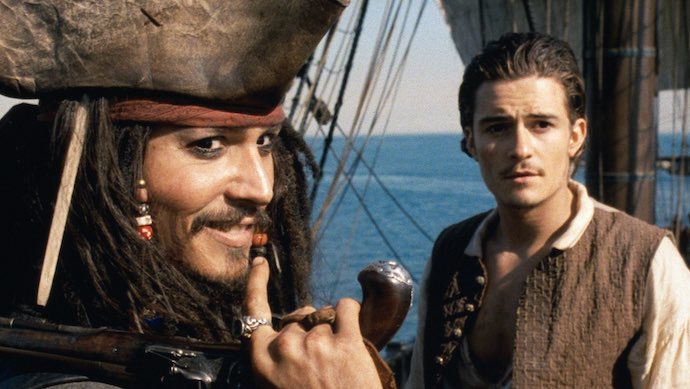
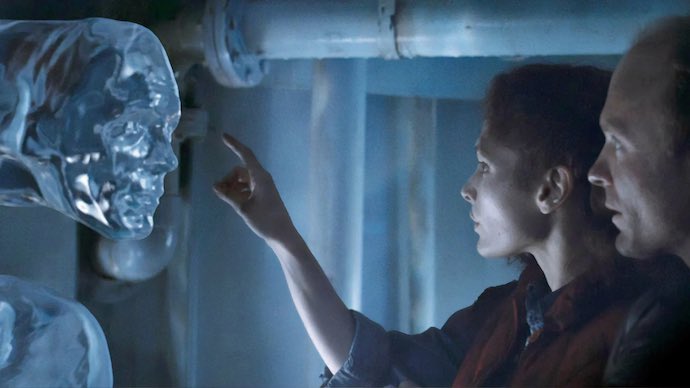
![]()
